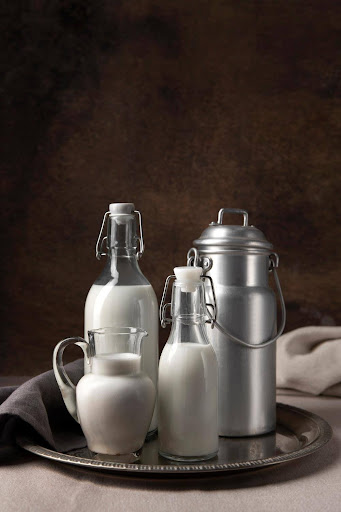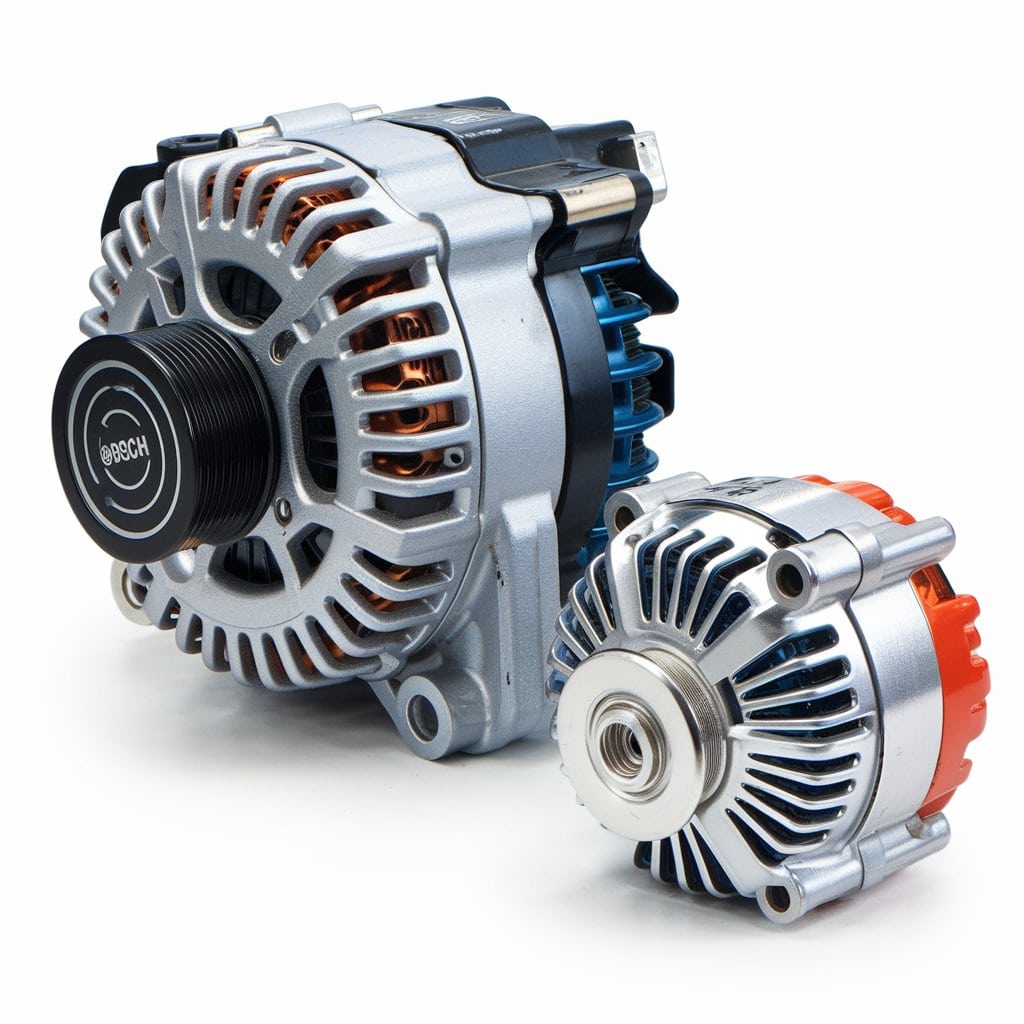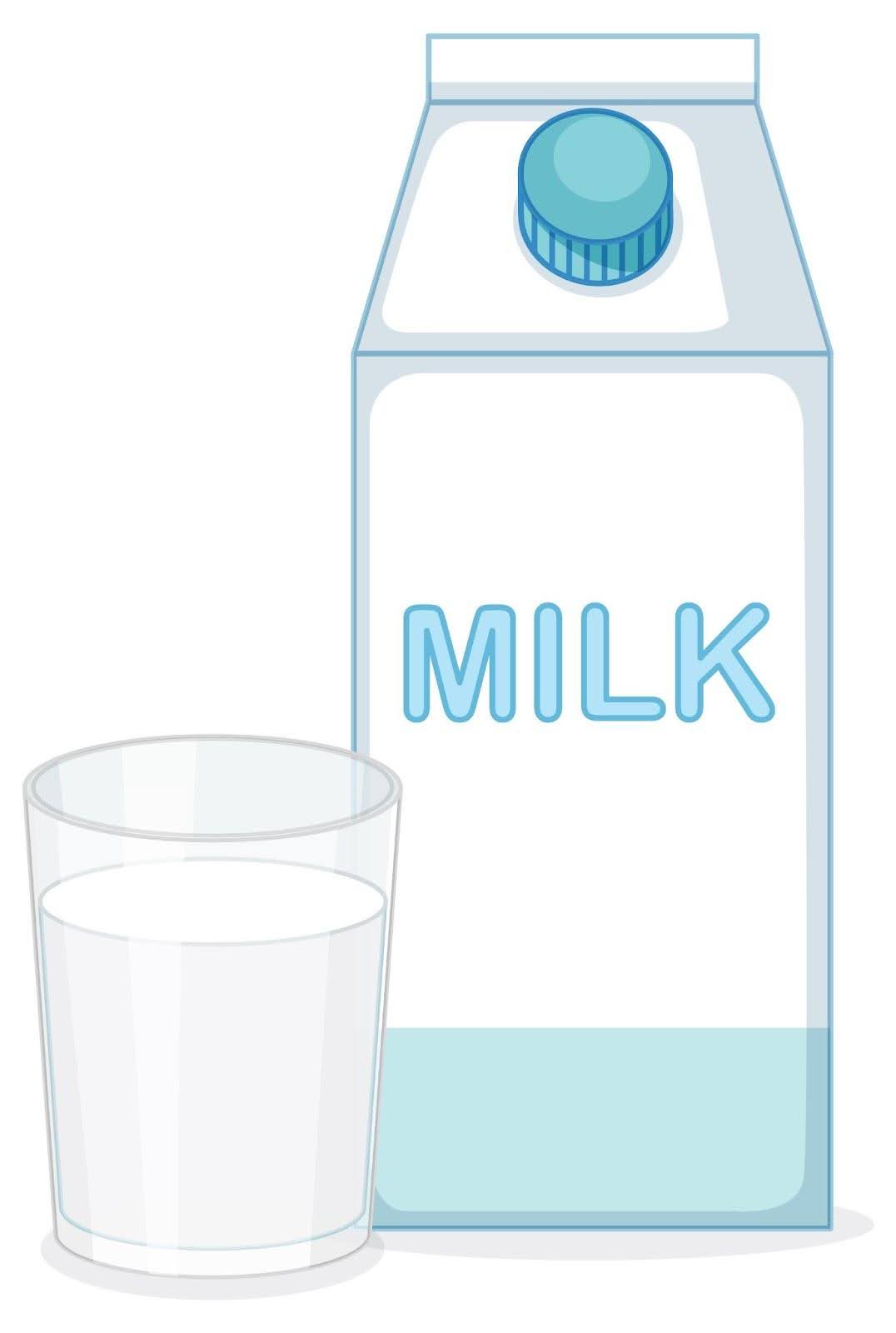How to Can Milk: 5 Easy Steps for Perfect Results

Using milk in canning is relatively new among today’s young people in the ‘rebel canning’ teams, but is it safe? Let me explain the advantages and disadvantages of canning milk at home.
In this post, we’ll learn how to make milk. It could be unpasteurized or bought, cow or goat milk.
They are all done the same. The process of canning milk is very simple and I was so impressed to taste my milk after months that it was still sweet.
yes, it’s one of the best methods of keeping milk from spoiling out there.
Why on the other hand would you want to can milk?
There are many reasons why people choose to milk. If you have another stash in the deep freezer this is a way of clearing it and not stress if power goes off.
I also believed it would be perfect to master how to preserve it in cans as opposed to freezing it.
Reasons
- If you don’t want to, head back to the grocery store as frequently. Some of us reside in remote regions of the country or simply are a single person, and frequently a gallon of milk goes off before it can be consumed. So canning is a great option.
- Canned milk comes again in handy if, for example, you are going camping, heading for the weekend by the lake, or even if you are journeying across the whole country.
How to Can Milk in Five Steps
It will be more understandable if I explain it to you as follows-
Always ensure you wash all your jars, lids, and rings before you start.
Steps:
1) Full a pressure canner with cold water and place it on the stove. DO NOT TURN IT ON. Another thing is when canning milk you want it all to be so cold.
2) Pour cold milk into your clean jars up to 1 inch from the top of the neck. Remove your rims (do not use vinegar) and place a new lid and ring on the jar.
Place the jar in the canner, and do the same until all your jars are filled with this mixture. Make certain not to over-tighten your rings.
3) After you have all your jars and they are ready with you in a pressure canner, twist your lids into the correct position then turn on the heat high.
Once you see steam continuously releasing from your steam vent, set your timer for 10 minutes.
4) After you have released the pressure of your canner for 10 minutes place the weight back and bring the canner to the desired pressure. If you get the right pressure to your altitude shut off the canner Let the canner cool down.
5) After that make the pressure canner to release pressure naturally. Do not rush the process.
When all the pressure is let out then you can now remove the lid and use the jar lifter to pick the jars.
Put them on a towel and allow them to stand for a whole day without tampering with them. Once your jars have sealed you will hear a ping sound.
If necessary take off the rings and clean the jars. If any didn’t seal just put those in the refrigerator and use the first one.
Is it Safe to Can Milk?
Well, you just have to learn all of these yourself and then make your conclusion.
After doing my research for a few hours I discovered two things…
- Once again, most contemporary studies suggest that home canning of milk is rather a dangerous thing to do.
- This has been done generation after generation for existence to be considered on this planet.
If you think of it as being like consuming a liquid cow, it’s people are splitting the difference and everyone has a very different view.
As much as I respect modern-day research, I usually agree with Grandma. I consume raw milk, and I also thought it would be fun to preserve it in a jar.
It’s personal, and like all the programs, you’ll have to do your research and decide for yourself whether or not you want to do it.

Conclusion: How to Can Milk
Canning milk provides a method for storing milk used in off-grid situations, as an effort to decrease one’s dependency on refrigeration.
All in all, the canning of milk is an individual decision depending on thorough control and accurate measures applied to the process.
If for nothing else, then for the sake of tradition, it’s an entirely viable method to try out with all the precautions in place.
Similar Stories You’ll Love: Bitter End Yacht Club Painkiller Recipe






Thank you for your sharing. I am worried that I lack creative ideas. It is your article that makes me full of hope. Thank you. But, I have a question, can you help me? https://accounts.binance.com/es-MX/register-person?ref=JHQQKNKN
I don’t think the title of your article matches the content lol. Just kidding, mainly because I had some doubts after reading the article.
Can you be more specific about the content of your article? After reading it, I still have some doubts. Hope you can help me. https://accounts.binance.info/register?ref=P9L9FQKY
Your point of view caught my eye and was very interesting. Thanks. I have a question for you.